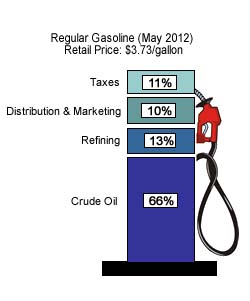Source: National Restaurant Association
Food trucks, currently one of the most popular segments in foodservice, are driving an effort to be more eco-friendly, industry watchers are saying.
It’s not that this emerging segment is “greener” than market sectors populated by brick-and-mortar restaurants per se, observers agree. Because the trucks are proliferating so rapidly, they’re increasing the number of foodservice places that can engineer sustainability into the operation from the ground up.
Or, in the case of rolling feeders, such as southern California’s Green Truck or New York City’s Snap Food Truck, from the tires up.
Hudson Riehle, senior vice president of the National Restaurant Association’s Research & Knowledge Group, said the rollout of sustainable food trucks is “a developing trend that overlays the mobile sector as well as conventional restaurants.”
He further noted that food truck operators enjoy great confidence that their customers, who tend to be of a younger demographic, value their sustainability efforts.
Continue reading Food trucks give sustainability green light

